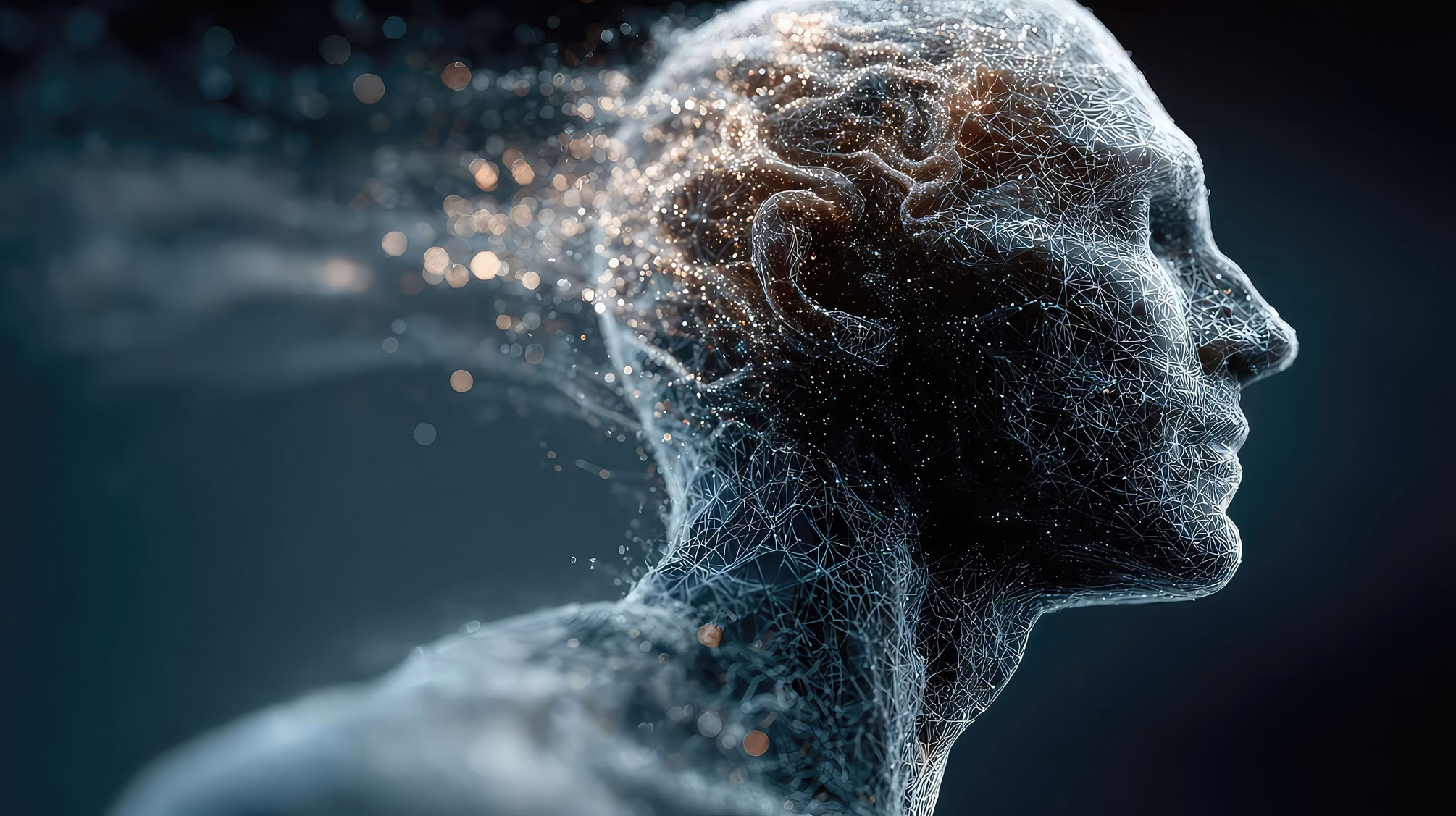Most people know alcohol affects the brain, but not everyone realises just how deeply it rewires it. Whether you drink socially, occasionally, or regularly, it’s worth understanding the neuroscience behind how alcohol interacts with the brain—and why it has the potential to become addictive over time.
First, the Basics: Your Brain Runs on Chemistry
Your brain is an intricate network of neurons communicating with each other through chemicals called neurotransmitters. These regulate everything from mood and motivation to memory and behaviour. When we introduce a substance like alcohol, it disrupts this chemical balance—and that’s where things get interesting.
The Immediate Effects of Alcohol on the Brain
When you drink, alcohol starts acting on several key neurotransmitter systems almost immediately:
- Dopamine: Alcohol increases the release of dopamine in the brain’s reward pathway (the mesolimbic system), creating feelings of pleasure and reinforcement. This is the same system involved in other rewarding behaviours like eating, sex, or listening to music.
- GABA (gamma-aminobutyric acid): Alcohol enhances the activity of GABA, an inhibitory neurotransmitter that reduces neural activity. This is why alcohol has a calming, sedative effect—it literally slows brain function down.
- Glutamate: Alcohol suppresses glutamate, which is an excitatory neurotransmitter. This contributes to the slowed reaction time, memory issues, and reduced coordination that come with intoxication.
- Endorphins: Some research suggests alcohol also triggers the release of endogenous opioids—your body’s natural painkillers—further contributing to that initial sense of ease or euphoria.
Why This Becomes a Problem Over Time
The brain doesn’t like being chemically overridden. So when alcohol regularly alters these systems, the brain starts adapting to maintain balance.
- It reduces its natural production of dopamine and becomes less sensitive to it.
- It downregulates GABA receptors and upregulates glutamate to compensate.
- It builds tolerance, requiring more alcohol to achieve the same effect.
Over time, the brain becomes dependent on alcohol to feel “normal.” This is why regular drinkers often feel flat, anxious, or low when they haven’t had a drink—it’s not a psychological weakness, it’s a physiological response.
This process is part of what leads to addiction: a cycle where drinking temporarily restores chemical balance, reinforcing the behaviour. The brain, in effect, learns to expect alcohol as part of its regulation system.
The Role of Neuroplasticity
This is where it gets really fascinating.
Neuroplasticity refers to the brain’s ability to change and rewire itself in response to experience, environment, and behaviour. It’s how we learn, form habits, and recover from injury.
Unfortunately, the brain’s plasticity also means it can learn addictive patterns. Repeated alcohol use strengthens the neural pathways associated with drinking—making the brain more likely to crave it and less able to resist it over time.
But the same principle also offers hope: if the brain can learn addiction, it can also unlearn it.
With time and consistency, new neural pathways can form. This is the foundation of recovery—creating new patterns, responses, and coping mechanisms that don’t involve alcohol. It’s not quick, and it’s not always easy, but it is entirely possible.
Why This Matters for Everyone
Even if you don’t identify as someone with a drinking problem, understanding alcohol’s impact on the brain is important. It helps explain:
- Why drinking can become habitual without us realising
- Why “just stop” doesn’t work for many people
- Why some people are more vulnerable to addiction than others
- Why recovery isn’t about willpower—it’s about retraining the brain
Whether you’re curious about your own drinking habits, supporting someone else, or simply interested in how the brain works, recognising the science behind alcohol’s effects makes the conversation less about blame and more about biology.
In Summary
Alcohol hijacks the brain’s reward, stress, and learning systems. Through neuroplasticity, it can create deeply entrenched patterns—but that same plasticity also gives us the power to rewire, heal, and change.
Understanding this isn’t just helpful—it’s essential. Because when we stop viewing alcohol use through a moral lens and start seeing it through a scientific one, we open the door to more compassionate, effective, and sustainable change.



